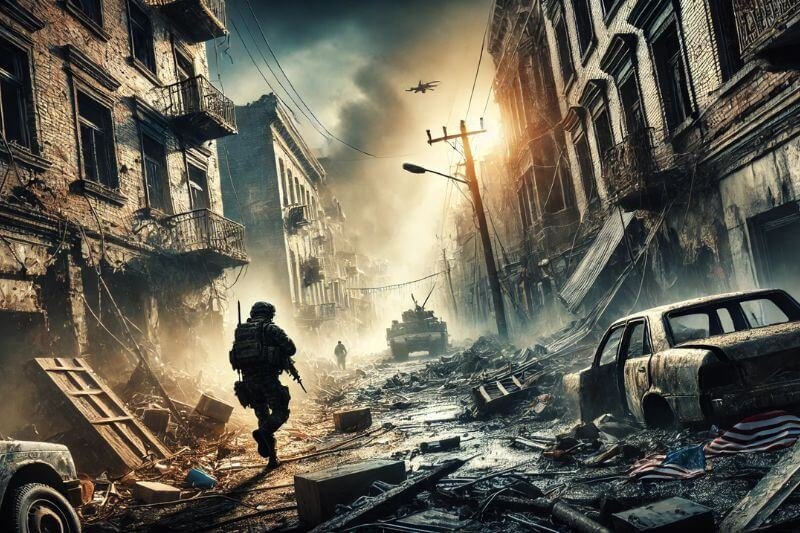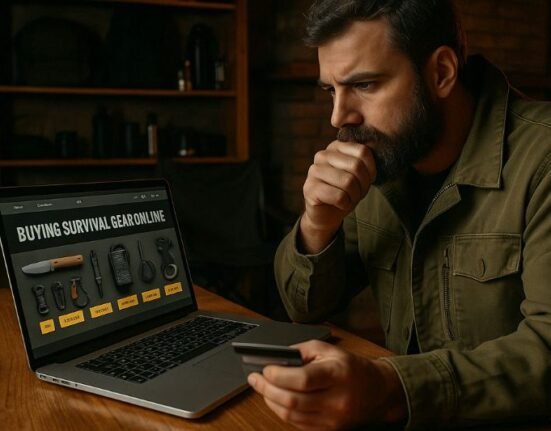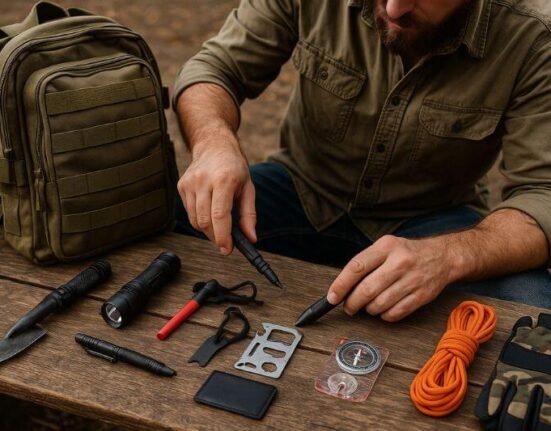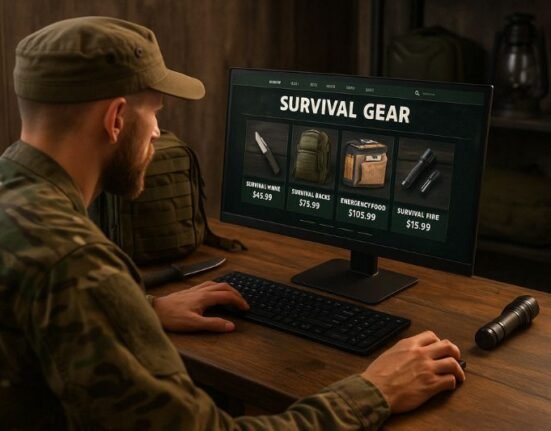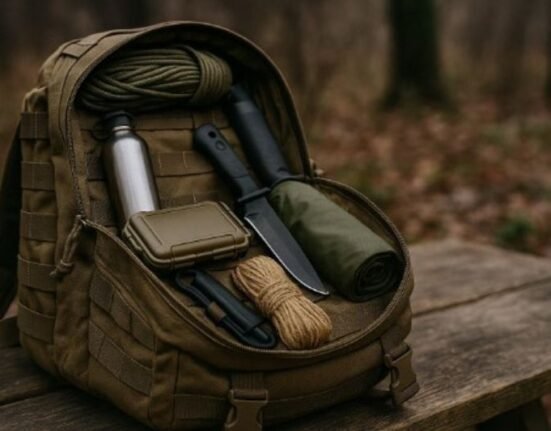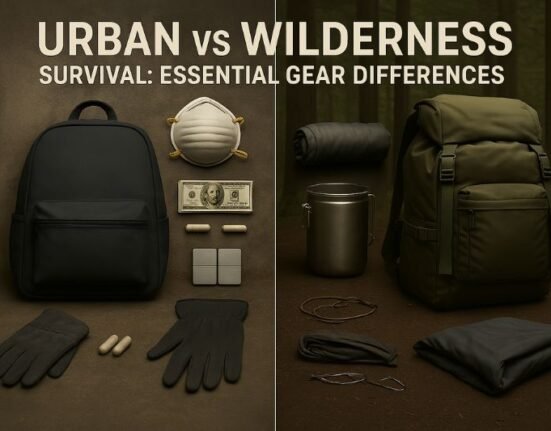Urban warfare survival lessons are essential strategies and practical insights civilians must learn to stay alive when cities become active combat zones. The devastating siege of Mariupol during the Russian-Ukrainian conflict in 2022 provided critical real-life examples, highlighting precisely what methods increase survival odds—and which mistakes can prove fatal. This article details seven crucial urban warfare survival lessons drawn directly from the experiences of Mariupol’s residents, providing actionable strategies for survivalists to apply in similar scenarios.
What Exactly Are Urban Warfare Survival Lessons?
Urban warfare survival lessons encompass practical strategies civilians can adopt to manage severe disruptions during city-based armed conflicts. From infrastructure collapse and compromised shelter security to disrupted supply chains and communication failures, these lessons help survivalists prepare mentally and physically for urban conflict scenarios.
1. Urban Warfare Survival Lessons: Expect Total Infrastructure Collapse
Mariupol’s siege vividly demonstrated the rapid deterioration of critical infrastructure during urban warfare. Essential services like electricity, clean water supplies, sanitation systems, healthcare, emergency services, and communication networks failed completely within days.
Actionable advice:
Survivalists must anticipate total infrastructure failure. Ensure you have alternative energy solutions such as portable solar panels, batteries, and generators. Invest in robust water purification systems, and store an extensive supply of clean drinking water. Maintain an extensive medical kit with essential medications and trauma equipment, as medical services might become unavailable for prolonged periods.
2. Urban Warfare Survival Lessons: Mobility Becomes Extremely Dangerous
One of Mariupol’s most painful lessons was how dangerous urban movement quickly became. Streets turned lethal due to constant sniper attacks, artillery bombardments, unexploded ordnance, and hidden traps, severely restricting civilian mobility.
Actionable advice:
Planning is crucial. Map multiple concealed routes and alternate paths throughout your city. Learn to navigate safely using less-exposed alleys, underground passageways, or natural cover. Understanding safe timing (typically nighttime or lulls in active combat) is equally essential for effective mobility.
3. Urban Warfare Survival Lessons: Secure and Fortify Your Shelter Immediately
During the Mariupol siege, residential buildings quickly turned hazardous due to shelling, sniper fire, and direct hits from artillery. Many civilians who did not have prearranged shelters faced life-threatening dangers daily.
Actionable advice:
Identify secure locations in advance, such as underground shelters, reinforced concrete buildings, basements, or purpose-built safe rooms. Preemptively fortify your home or shelter with sandbags, reinforced doors, protective covers for windows, and adequate ventilation to withstand prolonged confinement.
4. Urban Warfare Survival Lessons: Stockpile Essential Supplies Early
Mariupol residents faced severe shortages almost immediately after the siege began. Food, medicine, hygiene products, and even basic supplies rapidly disappeared from shops, creating widespread suffering.
Actionable advice:
Build a substantial reserve of non-perishable food, bottled or purified water, medical supplies, and basic hygiene products sufficient for at least several weeks. Include nutrient-dense foods, protein-rich meals, energy bars, and powdered supplements to maintain health during prolonged isolation.
5. Urban Warfare Survival Lessons: Reliable Communications Are Essential
When Mariupol’s official communication networks went down, residents became severely isolated. The inability to obtain reliable updates or communicate with others significantly complicated survival efforts.
Actionable advice:
Establish redundant communication options ahead of time. Consider portable radios with extra batteries, solar chargers, satellite phones, and offline smartphone apps designed for emergency communication. Establish decentralized local networks or groups to share reliable information, coordinate evacuation efforts, and provide mutual aid efficiently.
6. Urban Warfare Survival Lessons: Medical Preparedness Must Be a Priority
Mariupol demonstrated how quickly healthcare systems collapse during urban conflict. Many injuries became fatal due to the lack of immediate medical care, professional medical personnel, or essential medications.
Actionable advice:
Invest in comprehensive medical training such as basic trauma care, wound management, and infection control. Maintain a fully-stocked emergency medical kit including trauma dressings, tourniquets, antibiotics, antiseptics, painkillers, and essential prescription medications. Preparedness to deliver emergency medical care independently can mean the difference between life and death.
7. Urban Warfare Survival Lessons: Community Cooperation Dramatically Enhances Survival
Isolation significantly reduced survival odds during Mariupol’s siege. Civilians who remained alone struggled with limited resources, information, and support, whereas organized community groups demonstrated far higher resilience.
Actionable advice:
Build strong community relationships and mutual-aid networks before a crisis arises. Collaborate on resource-sharing plans, joint security strategies, and collective emergency response protocols. Regularly conduct community drills to reinforce trust, communication, and preparedness, greatly improving survival chances during urban warfare scenarios.
Conclusion: Act Now to Apply Urban Warfare Survival Lessons
The brutal siege of Mariupol provided invaluable and practical urban warfare survival lessons that every civilian must urgently integrate into their preparedness strategies. The reality of urban warfare is harsh and unforgiving, but comprehensive preparation dramatically increases survival prospects. Understanding total infrastructure collapse, securing fortified shelters, managing risky mobility, preparing essential supplies, establishing alternative communications, prioritizing medical readiness, and fostering community networks can collectively form a robust survival framework.
Acting promptly on these urban warfare survival lessons means acknowledging that future urban conflicts remain possible—even probable. Effective survival preparedness isn’t reactive; it is proactive, intentional, and informed by hard-earned lessons from real-world crises like Mariupol.









